In the annals of aviation, few aircraft hold as much mystique and significance as the Northrop Tacit Blue. Known affectionately as “The Whale” due to its unusual, bulbous shape, this experimental demonstrator remained shrouded in secrecy for over a decade. Yet, its impact on military aviation was monumental, defining the future of stealth technology and influencing iconic designs like the B-2 Spirit. This isn’t just another weird wing; it’s a testament to radical thinking that forever changed how aircraft evade detection. Let’s uncover five pivotal secrets of this enigmatic experimental aircraft.
5. Its Revolutionary Shape
The most striking “secret” of the Tacit Blue was its radical design. Unlike conventional aircraft with distinct wings and fuselage, the Tacit Blue was a highly faceted, rounded structure with smooth transitions, creating a single, lifting shape. This unconventional form was crucial for diffusing radar waves, making it incredibly difficult to detect. Its bulbous, almost featureless appearance, earning it the “Whale” moniker, was a deliberate choice to minimize radar cross-section from all angles, truly pushing the boundaries of what an aircraft could look like while remaining virtually invisible to radar.
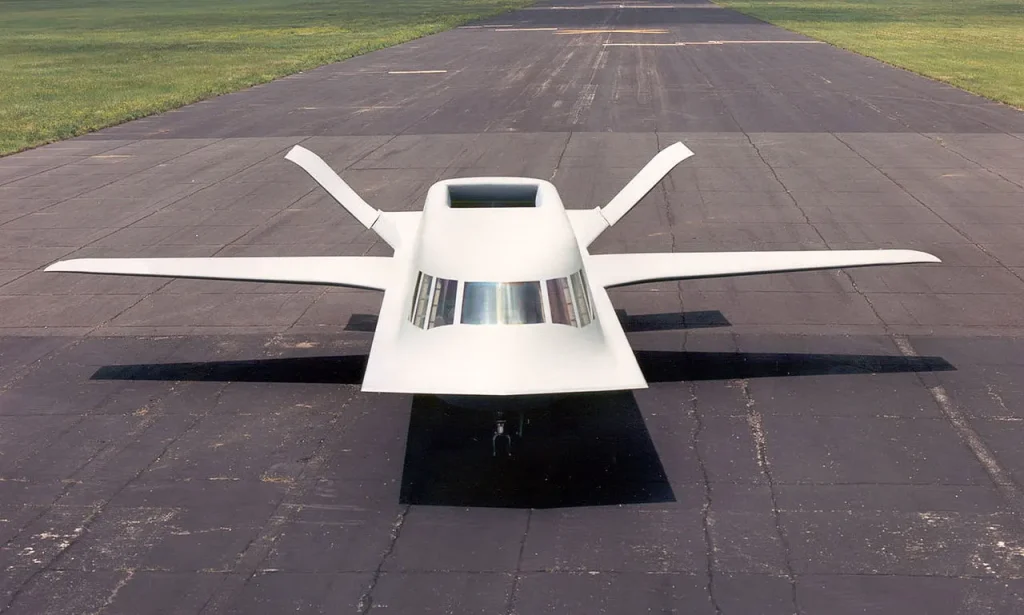
4. The Testbed for Low Observable Technology
Tacit Blue wasn’t meant for combat; its true purpose was to serve as a flying testbed for low observable (LO) technology, the scientific foundation of stealth. It specifically explored how to achieve low radar visibility for continuous battlefield surveillance aircraft operating near the front lines. The program rigorously tested advanced shaping techniques, radar-absorbing materials, and specialized engine inlets and exhausts. Every aspect of its design, from its flat bottom to its lack of sharp angles, contributed to this primary mission, proving concepts that would later become standard in operational stealth aircraft.
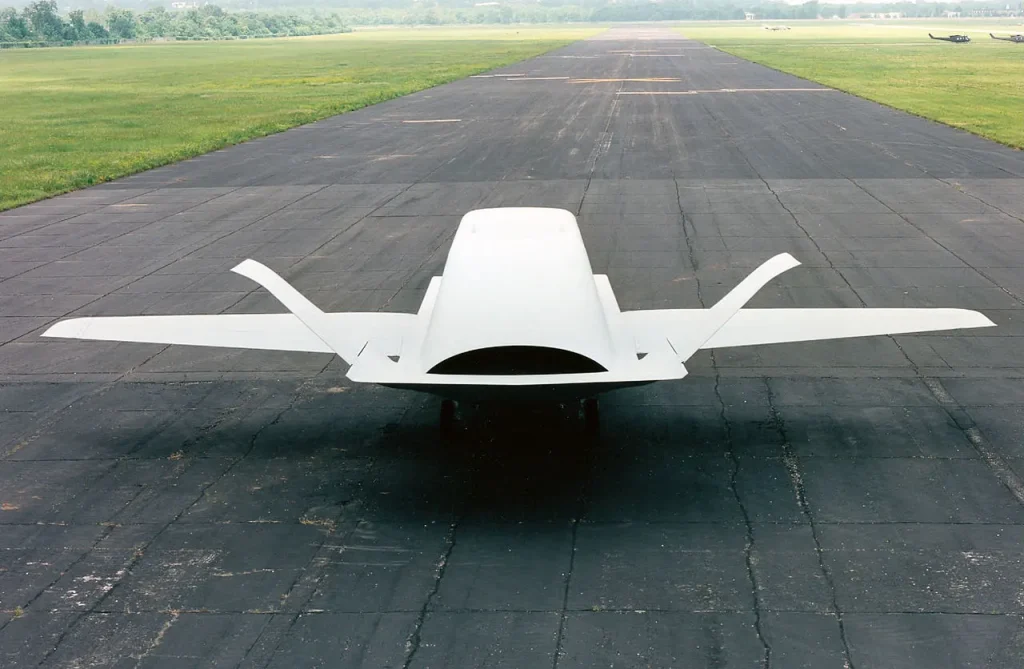
3. The Birth of the “Stealth Triangle”
While the F-117 Nighthawk popularized faceted stealth, the Tacit Blue was instrumental in refining the concept of a “stealth triangle” radar signature. Its unique shape minimized radar reflections by directing them away from the source. The lessons learned from Tacit Blue’s radar signature management were directly applied to the development of subsequent stealth designs. Its ability to maintain a consistent low radar cross-section from various angles, not just head-on, was a critical breakthrough that paved the way for the broad-spectrum stealth capabilities seen in later, more famous stealth aircraft like the B-2 bomber.
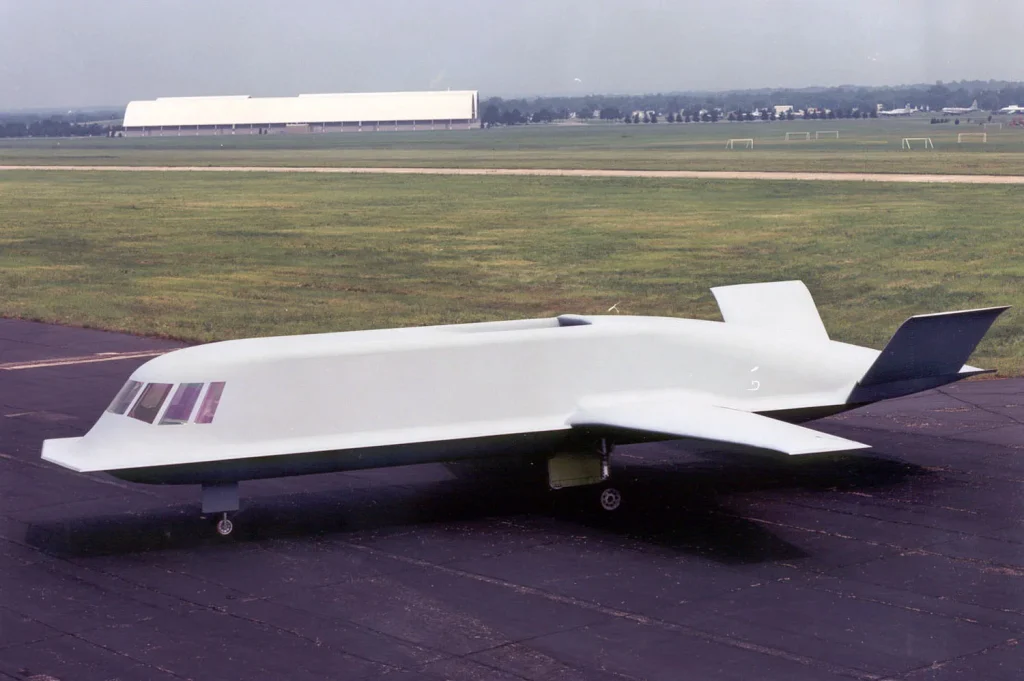
2. A Pioneer in Fly-by-Wire Control Systems
Given its aerodynamically unstable shape, another secret of the Tacit Blue was its reliance on an advanced digital fly-by-wire flight control system. Unlike naturally stable aircraft, “The Whale” required constant computer intervention to remain airborne and controllable. This cutting-edge system translated pilot inputs into precise movements of control surfaces, compensating for its inherently unstable design – a necessary compromise for optimal stealth. This pioneering use of sophisticated computer controls was a critical technological leap, proving essential for future unconventional aircraft and high-performance military jets.
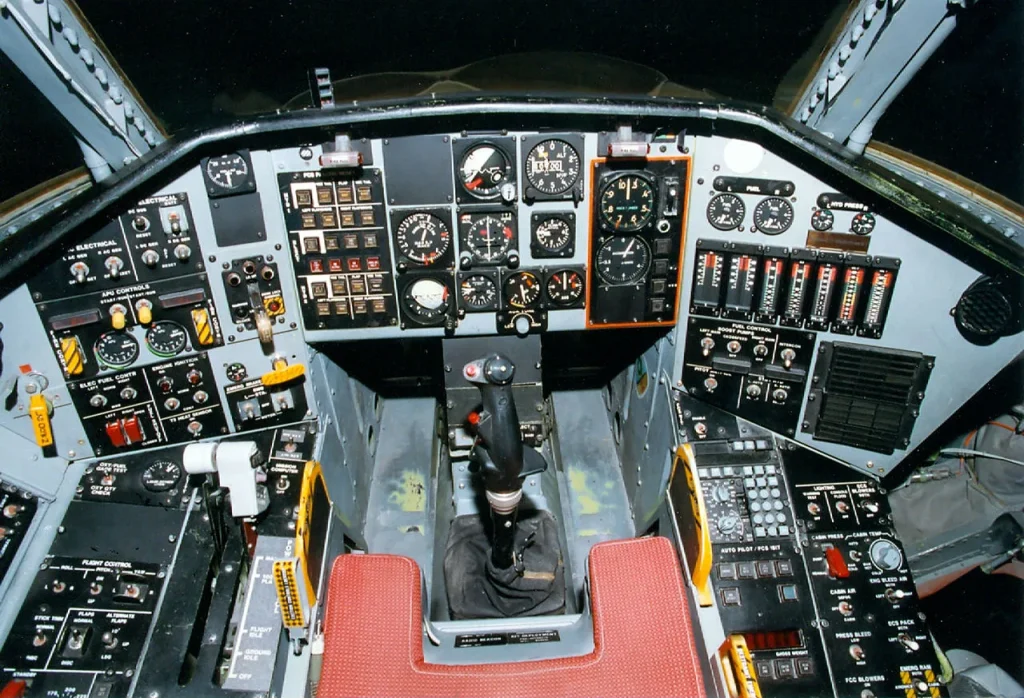
1. Its Decades of Classified Existence
Perhaps the biggest “secret” of the Tacit Blue was its extreme level of classification. Operating from the Groom Lake (Area 51) facility between 1981 and 1985, its very existence was denied, and it was only publicly revealed in 1996 – more than a decade after its last flight. This prolonged secrecy allowed its revolutionary stealth technologies to be perfected and integrated into operational aircraft without adversaries fully understanding their origins. Its covert development highlights the intensity of the Cold War technological race and cemented Tacit Blue’s legacy as one of the most enigmatic and influential experimental aircraft in aviation history.
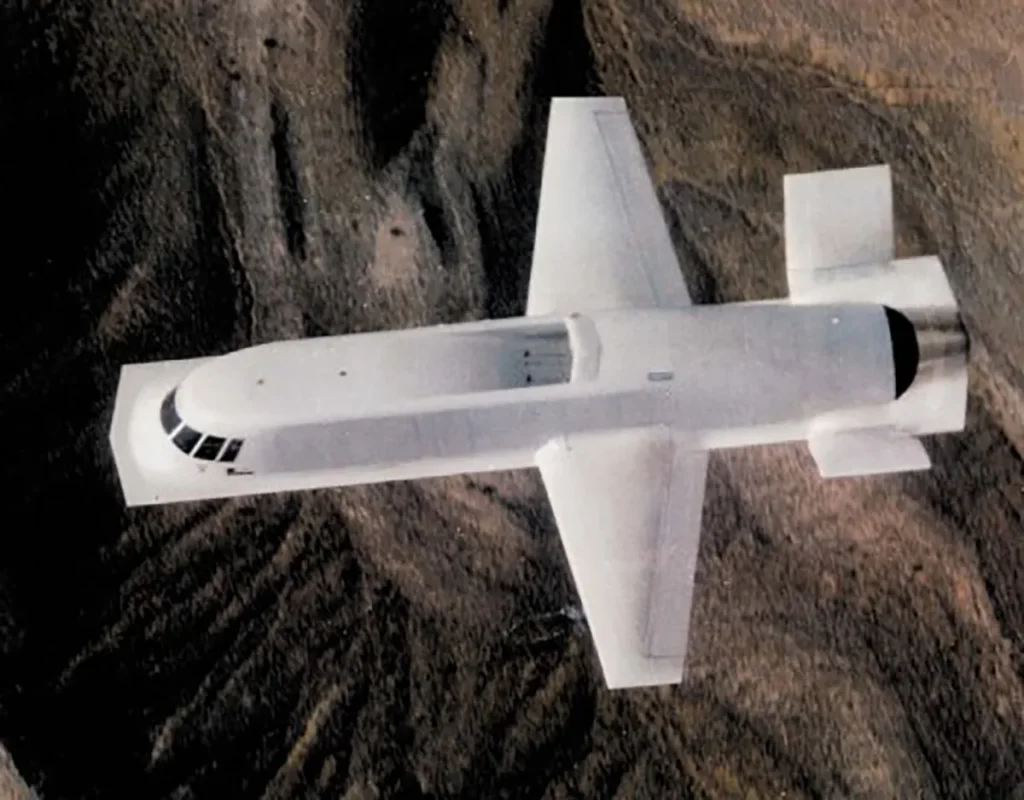
The Northrop Tacit Blue, “The Whale,” may never have seen combat, but its quiet revolution profoundly impacted aviation history. Its radical design and the secrets it unlocked redefined what was possible in stealth technology, setting the stage for an entirely new generation of low observable aircraft. What do you find most astonishing about this mysterious “Whale”? Share your thoughts!








